Contents
As one of the most popular sources of protein, the eggs of birds and reptiles have been used for food since the dawn of man. Yes, people tend to converse eggs as one of food supplies. In fact, eggs are, by no means, the appendages that are connected to larger or far more important thing, live. Among sexually reproductive animals, an egg is not a mere thing you can compare to your everyday omelet. There are wonders beyond these life containers, both in its inside and outside substances. These are the list of fascinating eggs that will surely trigger your admiration.
1. The Green Lacewing’s Eggs
The Green Lacewing is the perfect example of an insect that brings art to its reproductive structure. This membranous winged insect produces oblong-shaped eggs connected to delicate stalks. The eggs are laid singly or in clusters and join to individual stalk. These stalks are attached to a plant’s tissue, and it makes the eggs be hung. Depending on the species, the eggs can be varied from green to clear dewy color and get darker right before they hatch.
2. The Mermaid’s Purse
The mermaid’s purse is a term that generally used by beachcombers to describe abandoned shark’s or skate’s egg cases. These eggs cases are left by the baby of either sharks or skates after they are hatched and are washed to the shore. Unlike chicken’s eggs with its relatively harder shell, the Mermaid’s Purse itself is a collagen capsule that shapes like either natural drill bit or ravioli. This assists the females to place them into sea crevices in order to protect them from both predators and cannibals. In addition to its shapes, like what is found among elasmobranchs, these egg cases are available as opaque-shaped keratin shell that could breathe. To avoid the eggs to be swept ashore, there are generally tendrils that are attached to either sea rock or algae.
3. The Platypus’ Eggs
Aside from Echidna, this water-dwelling mammal, with webbed feet and a beak is probably the most unique living animal on Earth. It belongs to monotremes, one of the mammals that lay eggs. The females of these poisonous eggs laying mammals have two ovaries. The one that could produce eggs is only the left one, though. Platypus usually lay one to two eggs, with they have been developed inside their mother’s body for 28 days before finally go to the nest. Since they are mammals, Platypuses do produce milk. Yet, they do not have nipples. Thus, the puggles do not suck their mom’s mammal gland. Instead, they lick on their mom’s sweat to get fed.
4. Butterflies Eggs
Almost all of insect eggs are engineered for survival. The same thing occurs with butterflies’ eggs. They are deposited in certain places to camouflage themselves from any threats caused by either weather or other insects.
The butterflies’ eggs range from .7 to 2 millimeters only. Still, there are fascinating beauties if you microscopically observe their surface.
Julia Heliconian butterfly lays its eggs majorly in the tendril of a Passiflora plant. These yellow to orange surface eggs are perched on this plant to secure them from ants. Different from Julia Heliconian butterflies that put its eggs singly on the tendril, the Stinkbug eggs are glued to each other. The mother bug uses it to defense the eggs against predators too.
One thing about butterfly eggs that is quite interesting to explore is that there is usually a mark in which a sperm enter. Like what is found among the Red Lacewing butterfly eggs and Owl Butterfly eggs. There is a distinguishable mark on one side of the eggs mosaic pattern or lacy pattern that is used to be the entrance of the sperms.
5. Jellyfish’s Eggs
Jellyfish is noted for its cycle of life. It is an attached to the ground creature as well as a free-swimming medusa that has microscopic fertilized eggs. These translucent animals develop the ovum and sperms inside their body before they release them while breeding. The male jellyfish usually releases sperms into open water to allow them swim to the female jellyfish mouth. Upon entering the mouth, the sperms gather together in the ova and let the fertilization start. However, in a case of Moon Jellyfish, the sperms and ova are collected in the oral arms to facilitate the fertilization.
After the embryos are developed in each egg, they do not directly turn into baby jellyfish. Instead, they are entering the first stage in which they are become planulas; a tiny flat baby jellyfish that is going to be attached to the sea bottom and turn into polyps. During this stage, the asexual reproduction system is happening to the jellyfish. After some time, the polyps grow into disc-shaped structures that soon after will turn into the medusa, the other type of baby Jellyfish that could swim in the ocean water. After all the medusa are released, the umbrella-like animals will be floating and roaming in the ocean water and re-do the cycle.
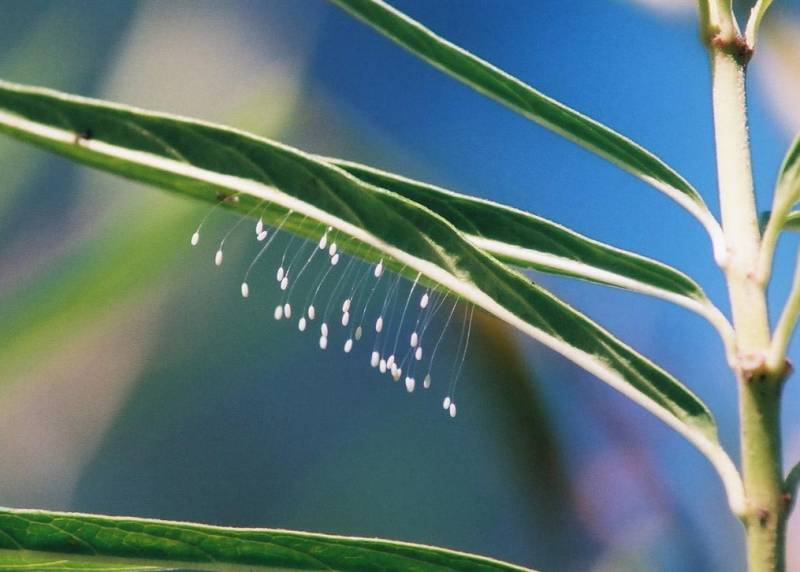
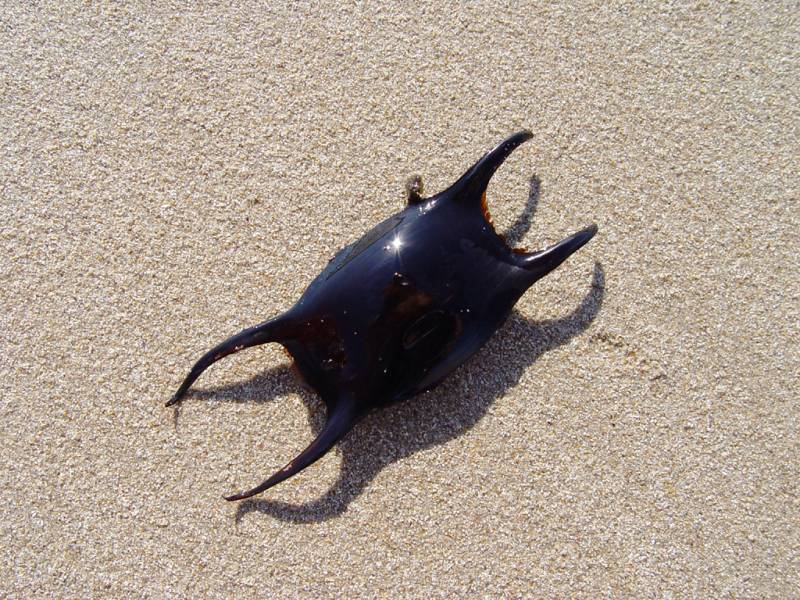
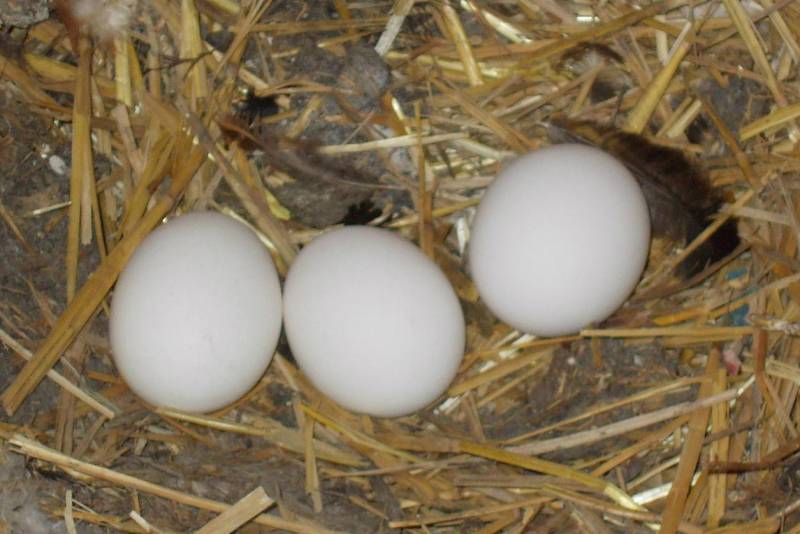
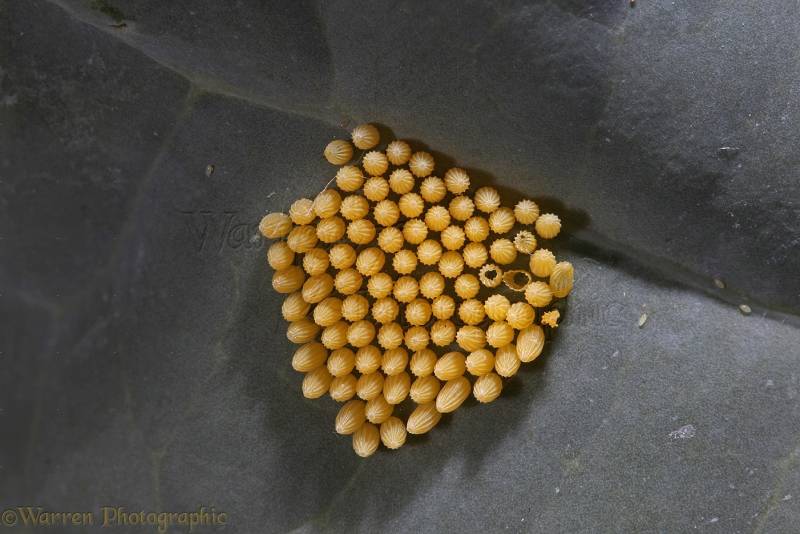
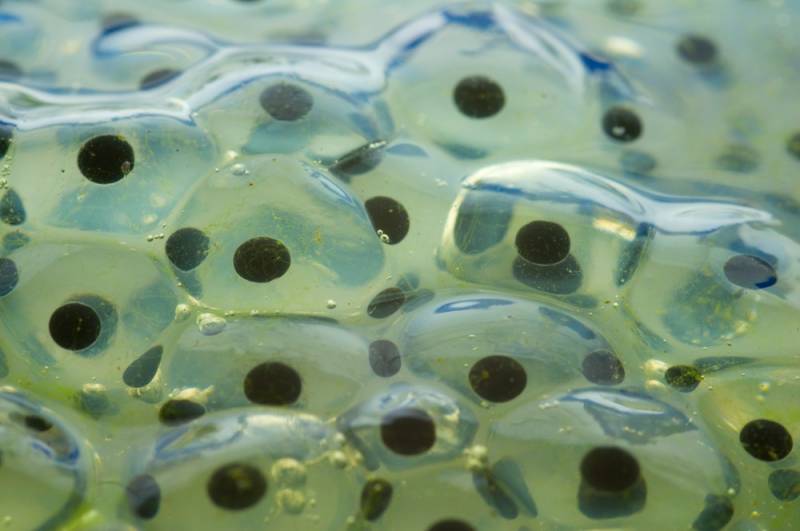
Leave a Reply